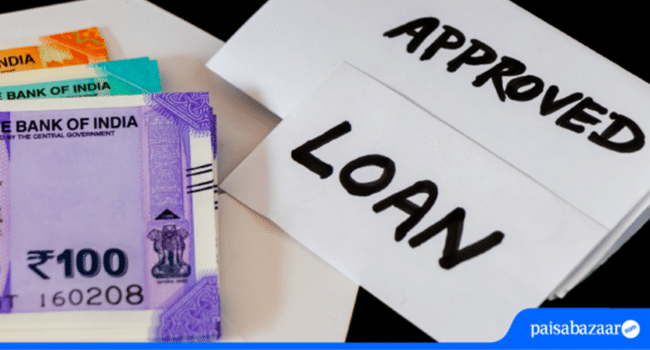Table of Contents
The unsecured nature of personal loans increases the credit risk for the lenders, leading them to set higher interest rates for personal loans than other alternatives. The higher interest burden in turn leads many personal loan borrowers to try to prepay their loans whenever they get surplus funds. Although prepaying your existing loan may lead to savings in your interest costs, borrowers should consider all the aspects of personal loan prepayment before deciding to exercise this option. Here are a few important points that personal loan borrowers should consider while prepaying their personal loans:
Check Prepayment/Foreclosure Fees
The RBI has barred lenders from levying part-prepayment or foreclosure penalties on personal loans availed at floating interest rates. However, no such rules are applicable on fixed rate personal loans. Lenders usually charge a part-prepayment/foreclosure penalty of up to 5% of the principal outstanding on fixed interest rate personal loans. For example, the prepayment charges for HDFC Bank Personal Loans go up to 4% of outstanding principal in case of full prepayment and up to 4% of part-prepayment amount for partial prepayment. Many banks and non-banking financial companies (NBFCs) also restrict their borrowers from part-prepayment or foreclosure of their personal loans until they repay a set number of EMIs.
Determine the net savings made on interest costs
Many people have a misconception that prepayments derive interest cost savings only during the initial years of the tenure. However, prepaying your personal loan in the later years of the loan tenure can also lead to EMI savings. Borrowers having adequate surpluses for prepayments should use online prepayment calculators to determine the net savings on making part-prepayment or foreclosure on their personal loans. They should also consider the part-prepayment/foreclosure penalties and other related costs (if any) while estimating the net savings made on prepaying their personal loans. Personal loan borrowers should opt for prepayment only when they make significant interest cost savings, after factoring in the total expenses incurred in this process.
Determine whether to prepay or invest
Existing loan borrowers have the option to use their surplus funds either for investing in financial instruments or for prepaying their personal loans. However, their choice should be dictated by the savings/earnings made from either of the aforesaid options. Ideally, loan borrowers should use their surplus funds to invest in equity and stocks in a bearish market phase. This is because the valuations on these instruments are attractive during this phase. Thus, the upside potential of equity investments made during such market phases can be substantially higher than the interest cost savings made through personal loan prepayment.
Avoid using your emergency funds to prepay loans
An emergency fund helps in dealing with unforeseen financial contingencies like medical emergencies, disability, loss of income/job, etc. Ideally, your emergency funds should cover a minimum 6 months’ of your unavoidable monthly expenses like utility bills, insurance premiums, loan EMIs, etc. However, in order to save on interest costs, some borrowers may be tempted to use their emergency funds to prepay their loans. Although they might make considerable savings in interest costs, any financial exigencies arising after making prepayments may force them to redeem their long-term investments or avail loans at higher interest rates to arrange the funds.
Avoid redeeming investments yielding high returns
Many borrowers redeem their ongoing investments like mutual funds, fixed deposits or insurance policies to prepay their loans without doing a cost-benefit analysis. Existing personal loan borrowers should avoid liquidating investments, which have the potential to generate higher rates of return than the interest rates charged for their existing personal loans. Borrowers looking to prepay their personal loans should only use those investments that are not linked to any crucial financial goals or are yielding lower returns than the interest rates charged on their personal loans.
Conclusion
Prepaying your personal loan helps to lower your interest costs and reduce your loan repayment obligations. However, borrowers should factor in the prepayment penalties, if any, and the decreased liquidity while deciding on personal loan prepayments. Borrowers having insufficient or restricted liquidity can instead transfer their outstanding personal loans to banks/NBFCs offering lower interest rates on personal loans. Exercising the balance transfer facility at lower interest rates would decrease the overall interest costs as well as the borrower’s EMI burden while retaining their liquidity.
Read more on KulFiy
